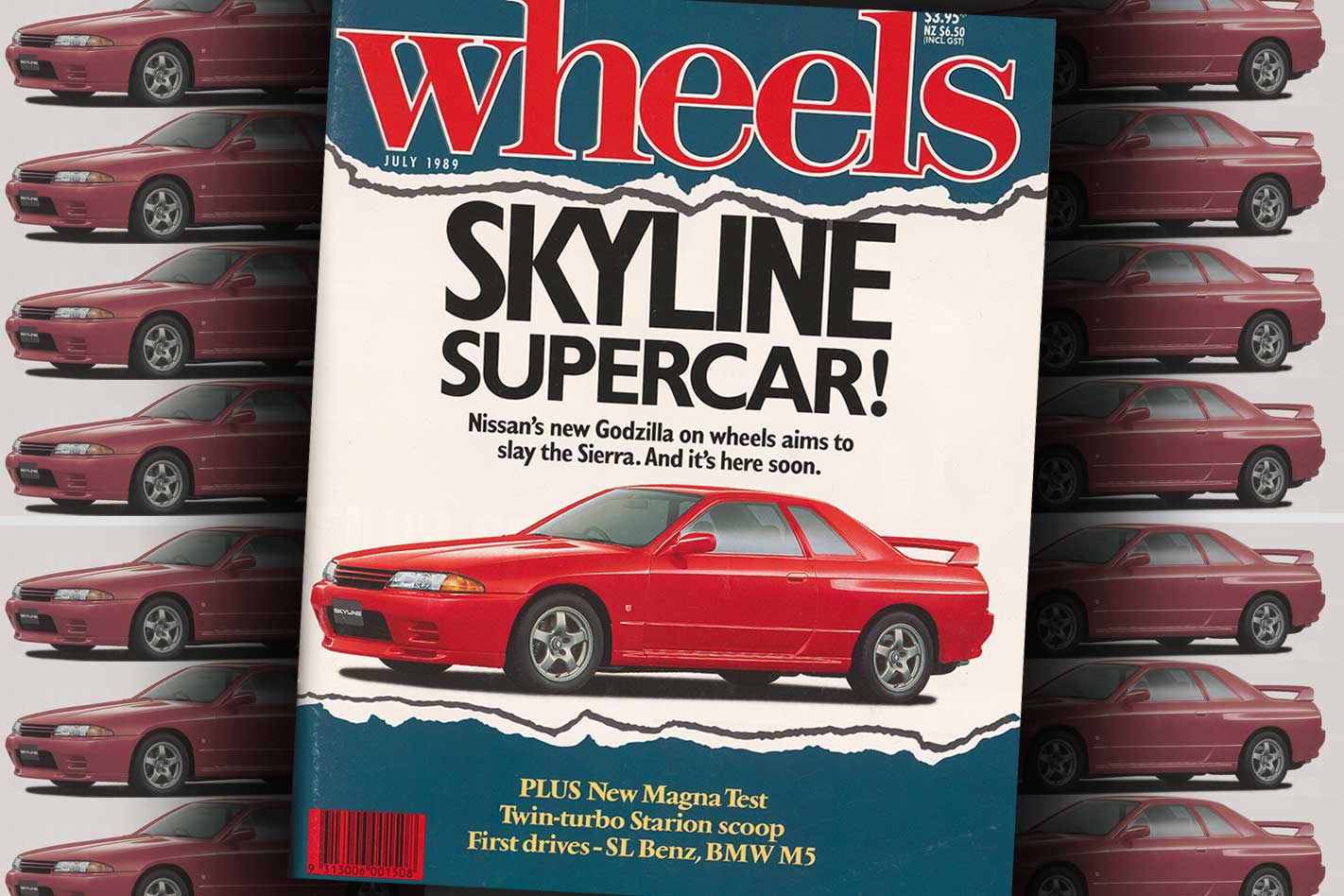“The Japanese call it Obakemono – the monster,” wrote our Japanese correspondent, Peter Nunn, in the July 1989 issue of Wheels.
“No wonder. It’s an arsenal on wheels powered by a twin-turbo straight-six producing 209kW… with four-wheel drive and four-wheel steering…”
There was no way Nissan’s R32 Skyline GT-R wasn’t going to be our cover story that issue. Never mind its eye-popping high-tech spec: Nissan wanted to race the GT-R against Ford’s all-conquering Sierra Cosworth in the Australian Touring Car Championship. As such, Australia would be the only place outside Japan where the GT-R would be sold as a road car.
Wheels then-editor Phil Scott, one of my mentors and the man I’d eventually succeed as editor, regularly ran ideas for covers and cover blurbs past me. Not that he needed to – Scotty had a great feel for a snappy line that would sell a story. But he valued fresh eyes and fresh input because he knew something better might come from it.

The Skyline on the cover mockup was bright red, a colour the car would never actually be painted. Phil wanted an image that would pop on the newsstand and had sent the official Nissan shots of a dark grey GT-R to a guy who’d mastered, in those pre-digital camera days, the art of converting a transparency into a digital image, and then, pixel by pixel, changing a car’s colour.
Phil wanted bright red, and bright red is what he got, though if you look closely at the cover you’ll see the color of the window trim and even black element behind the rear quarter window glass were changed to red as well. There wasn’t the time or the money to go back and fix it.
“Skyline Supercar!” read the main cover line. But Phil was wrestling with a second line that explained why someone should buy the magazine and read the story.
I suggested swapping out “Skyline Supercar!” for “Obakemono!” figuring the odd-looking word would make people read a second line that went something like: “Nissan’s new Skyline supercar aims to take on the Sierra.”
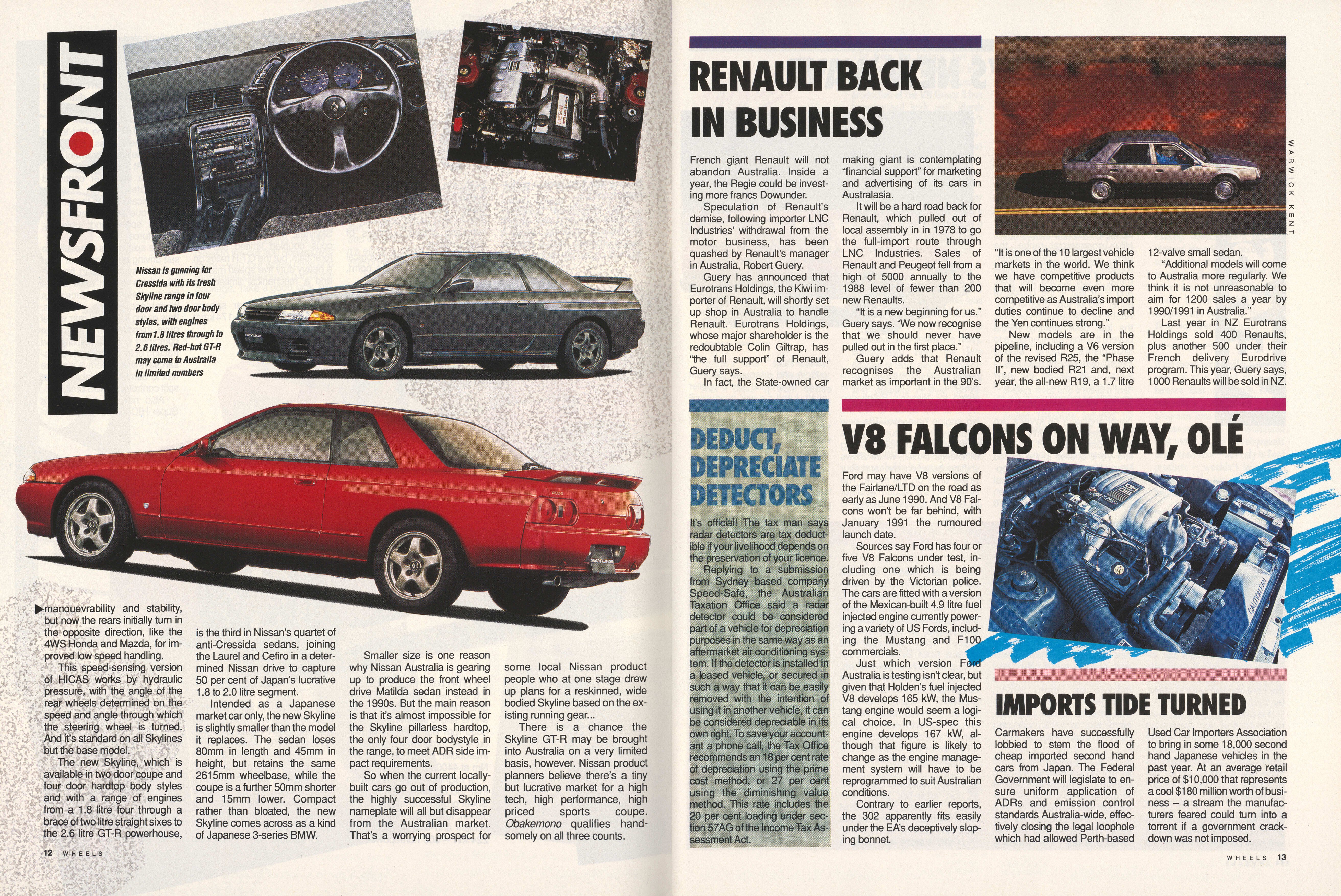
Scotty rightly pointed out an unknown foreign word would probably have the opposite effect: After trying to figure out how to pronounce it, newsstand grazers would get bored and move on to the next magazine. “Anyway,” he said, “what does it mean?”
“It’s Japanese for monster,” I replied, citing Nunn’s story.
“What, like Godzilla?” said Phil.
And the rest is history…
(Don’t worry about trying to read the above article scans, we published it online back in 2009.)
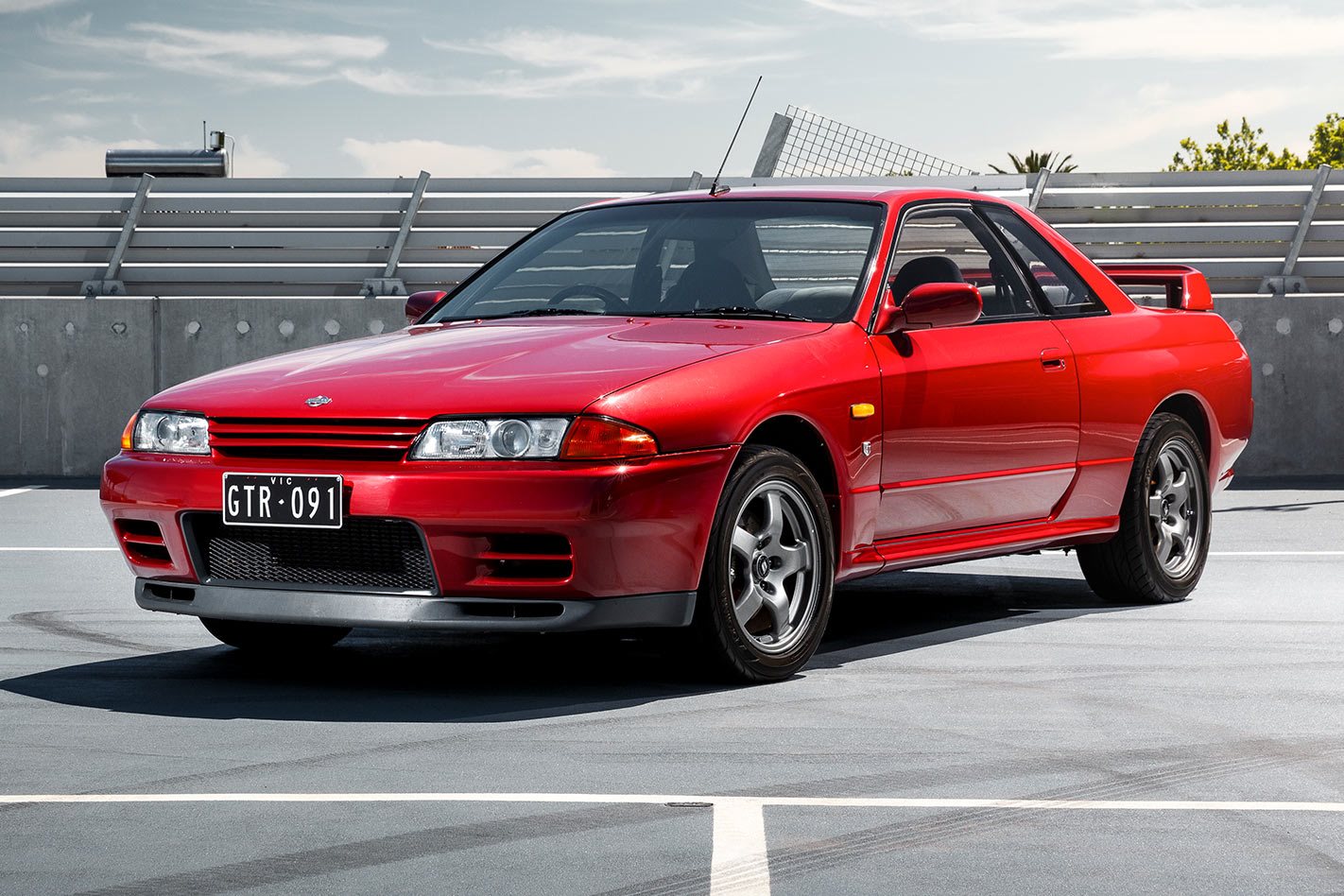
We recommend
-
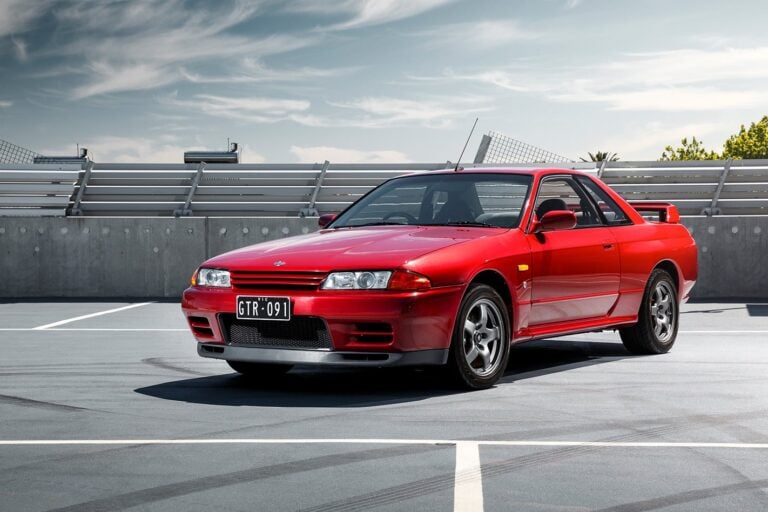 Features
FeaturesModern Classic: Nissan Skyline R32 GT-R
Did any sports car ever leverage its tech to such devastating effect as godzilla?
-
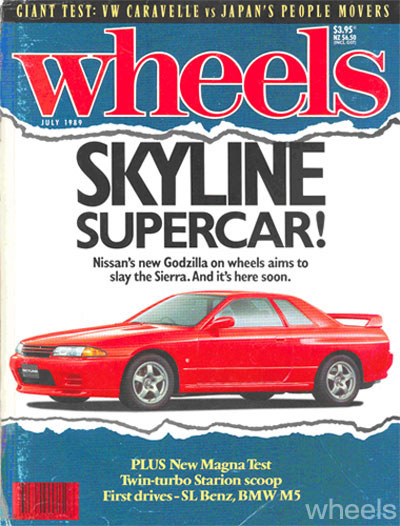 Features
FeaturesGT-R RETROSPECTIVE: Skyline GT-R: Obakemono!
Road and track versions revealed.
-
 Features
FeaturesFive facts even the biggest GT-R nerd probably didn't know
Time to smash apart those rose-tinted glasses and dig up some lesser-known truths about this JDM icon


